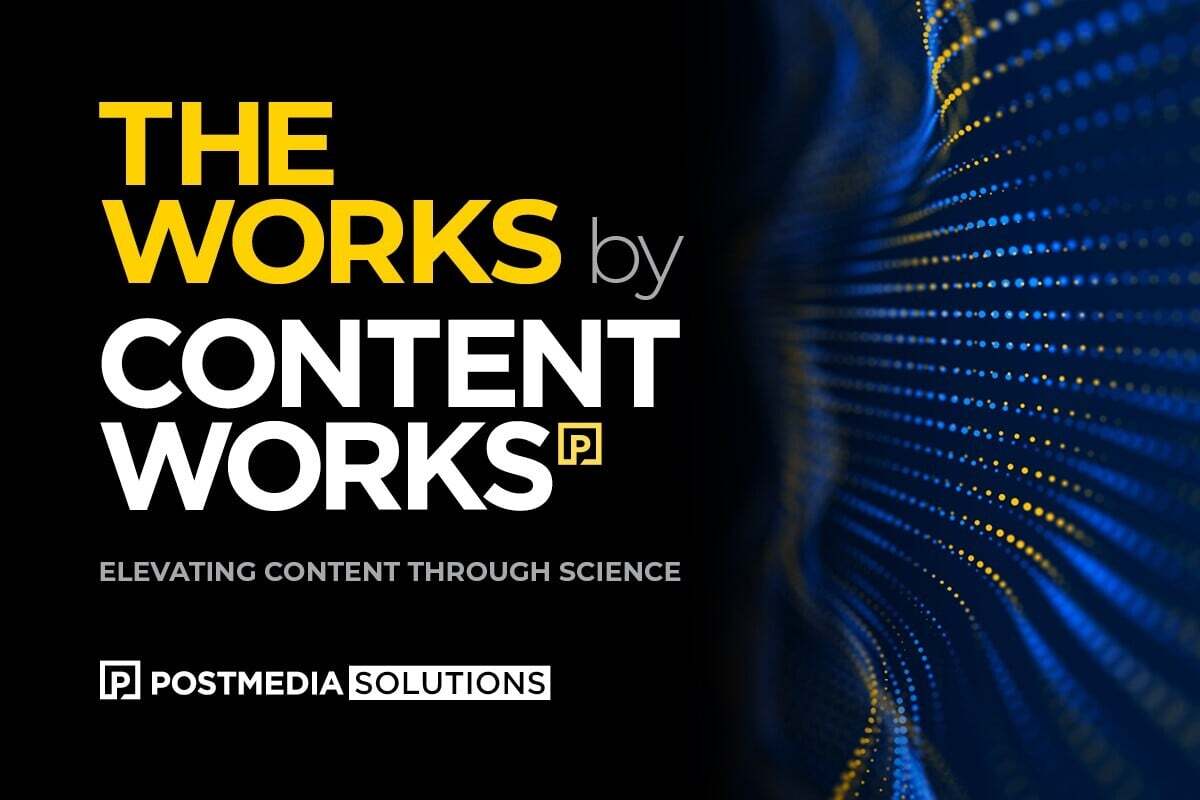SEO for large websites is more complicated and confusing than ever. Postmedia is an expert SEO partner. Here is our comprehensive guide to SEO best practices for large websites with an emphasis on scalability and site performance.
Search engine optimization (SEO) comes with challenges at the best of times. These include ensuring fast-loading pages, updating ever-changing algorithms, creating high-quality content and targeting the right keywords. Further complicating the task of driving traffic to a website is artificial intelligence (AI) that is powering a surge in zero-click searches.
All these challenges are magnified and multiplied for large websites. Scaling SEO for large, complex websites requires managing the performance of thousands, hundreds of thousands or even millions of pages. This requires making sure search engine crawlers index at least the most valuable pages and deliver relevant content to your target audience. It also involves ensuring content quality, avoiding duplicate content and implementing the right organizational structure – categories, subcategories, product and content pages – to support intuitive navigation and a seamless customer experience.
The volume of pages on large websites makes it impossible to take a page-by-page approach to optimization. A scalable, comprehensive strategy is key. Postmedia is an expert SEO partner. Here is our guide to SEO best practices for large websites with an emphasis on scalability and site performance.
SEO best practices for large websites
Focus on content quality – strategically
To manage content creation effectively at scale, conduct a content audit to identify and prioritize pages that represent the most strategic value based on business objectives. For example, these might include product pages, high-traffic landing pages or popular information guides that generate traffic and engagement, and enhance your brand messaging.
Tip: There are SEO technical tools that will crawl your website to help you spot low-quality, irrelevant and duplicate content. Repurpose and update underperforming pages by optimizing headings, refreshing content with an eye to relevance and consolidating duplicate content to avoid keyword cannibalization.
Get technical
Once you’ve prioritized your high-value content, conduct a technical SEO audit to identify and fix problems that are hurting your overall search visibility.
Here are five key technical areas directly tied to user experience:
Site speed
Google Search determines ranking results by incorporating criteria such as how fast pages load. This metric is called largest contentful paint (LCP). It measures the time from the start of the browser loading a web page to the appearance on your screen of the largest content element, such as an image or block of text. Google has determined that to provide a good user experience, LCP must occur within 2.5 seconds. Unfortunately, the volume of content on large-scale websites often causes a lag.
To improve your LCP performance, Google recommends the following:
- Eliminate unnecessary element render delay. In this case, you may want to minify or preshrink JavaScript, CSS and HTML files. By making these codes more compact, scripts download faster. If these resources aren’t necessary, remove render-blocking JavaScript and CSS code. You may also want to shift from client-side rendering to server-side rendering or prerender pages as static files.
- Reduce resource load time as much as possible without sacrificing quality. To help PNG and JPG images load faster, consider making them smaller and compressing them or change the format to WebP files, which are up to 34 per cent smaller. If the LCP element on a page is text, the fonts you use may be slowing page loads. In this case, you may want to consider opting for the default or web-safe fonts, which avoid the need to connect to a third-party.
- Reduce time-to-first-byte (how long it takes for a browser to receive the first byte of data from a server after making a request). This comes down to delivering the HTML document as fast as possible. This is one of the most difficult items to optimize. Google recommends using a content delivery network to get your servers as close to users as possible and upgrading servers to improve processing times.
Tip: Google’s PageSpeed Insight tool can help you quickly diagnose problems and find slow interactions in the field.
Mobile usability
Google rolled out mobile-first indexing in 2023. Since then, it has prioritized the mobile versions of websites for ranking and indexing purposes – which is a challenge for large websites that can struggle with mobile responsiveness. Use Google’s Page Insights tool to check your site’s mobile layout and mobile usability. Implement responsive designs and make sure your content aligns with Accelerated Mobile Pages specifications.
Structured data
Leveraging structured data, also known as schema markup, and implementing it consistently across a large website can be a game changer for searchability. By applying HTML tags or schema markups that provide additional information about the content, products and services across your site gives search engines the context they need boost your rankings and provide users with richer search results.
Tip: There are several schemas designed for large websites, including breadcrumb schema which helps search engines and users better understand the structure of your site and how to navigate it. Product schema helps ecommerce sites showcase pricing and reviews on search engine results pages. FAQ schema increases engagement by providing answers to common user queries and increases your chances of appearing on zero-click searches.
Crawl budget
Search engines assign a crawl budget to large-scale websites. This budget determines how many pages its web crawlers will analyze and index. To optimize your site and ensure your priority pages are indexed and found by users, make sure your URLs are simple and descriptive, implement XML sitemaps and use canonical tags to prevent duplication.
Site architecture
Seamless navigation is a key aspect of ensuring a positive user experience – an important criterion for Google’s search algorithm when determining ranking results. For large websites, creating clear paths to millions of pages can be overwhelming. Start by identifying high-value priority content/pages. Then focus on organizing related content into clear, logical and easy-to-understand categories. Try to make the organizational structure as flat as possible. This will help search engine bots understand, crawl and index web pages while also helping users find a direct path with the fewest clicks to the information they want.
Internal Linking
Internal linking is an important aspect of an effective site architecture and strong overall SEO strategy. It will help drive traffic to the web pages you want to showcase and, ultimately, help you increase sales. By regularly posting new content you create the opportunity to strategically link to other related content on different high-value and high-traffic pages on your site, helping search engines navigate your overall site, improving SEO and encouraging users to spend more time with you.
SEO for large-scale sites presents big challenges and big opportunities. By approaching it as an ongoing process of examination and improvement, and partnering with an SEO expert such as Postmedia, you can ensure you are delivering relevant content in a way that is easy to access for users and search engines alike.





